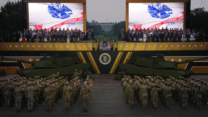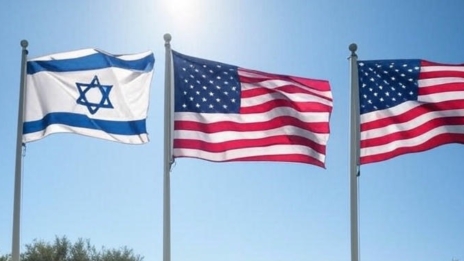
Iran-Israel Conflict: 2025 Military and Oil Dynamics
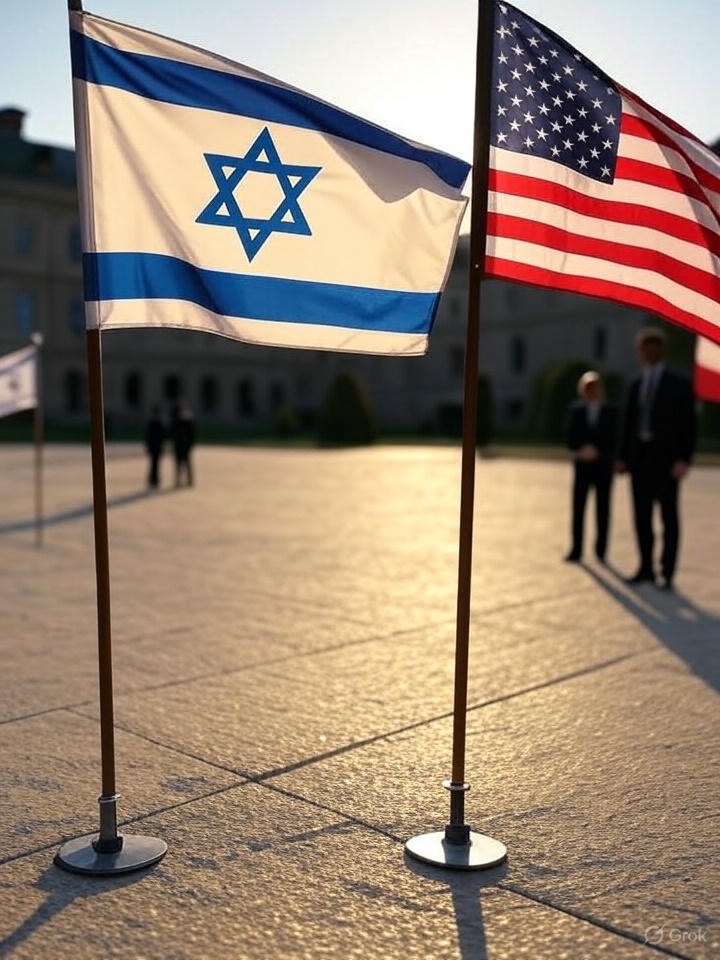
The US-Israel Alliance vs. Iran-Israel Conflict in 2025: Power, Oil, and Rivalries
The US-Israel alliance is a geopolitical powerhouse, often called the strongest bilateral
relationship today. Picture two nations, oceans apart, united by a bond forged in shared values,
military might, and strategic necessity.
Why Is the US-Israel Alliance Unbreakable in 2025?
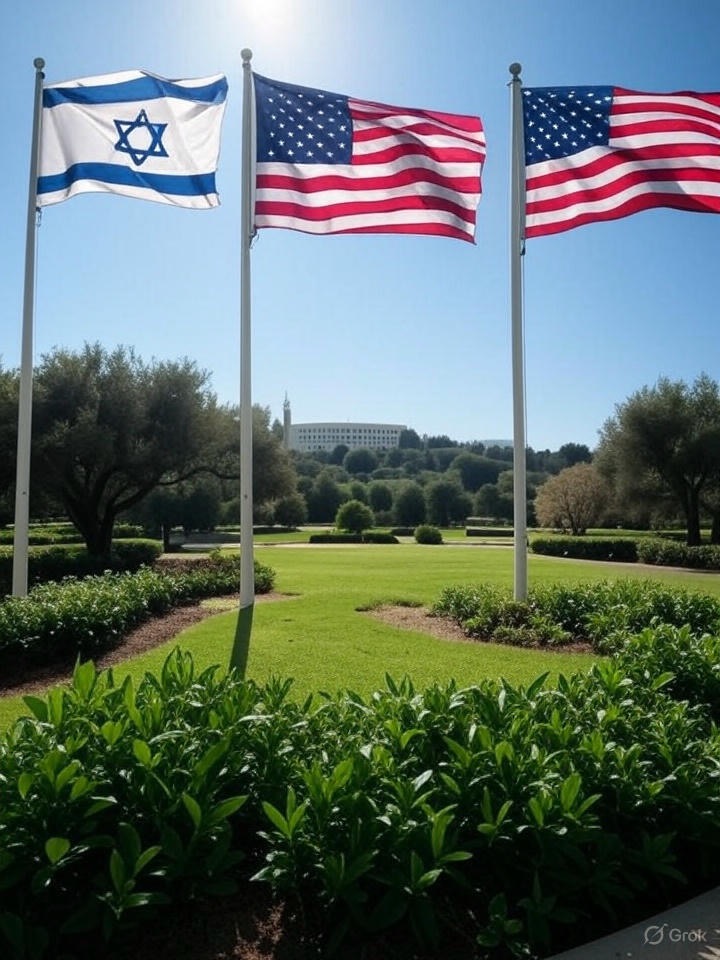
It all began in 1948 when the US, under President Harry Truman recognized Israel’s statehood. The Holocaust’s shadow and domestic support for a Jewish homeland laid the groundwork, but the real turning point came during the 1967 Six-Day War. Israel’s stunning victory over Egypt, Syria, and Jordan showcased its military prowess, making it a key US ally against Soviet-backed Arab states during the Cold War. By the 1970s, the US was airlifting supplies during the Yom Kippur War, and the 1978 Camp David Accords—brokered by the US—sealed peace between Israel and Egypt, cementing Israel’s role as a regional stabilizer.
Today, the US funnels about $3.8 billion annually in military aid to Israel, funding cutting-edge systems like F-35 jets and the Iron Dome, which intercepts 90% of incoming rockets. Joint military exercises, intelligence sharing, and US vetoes at the UN shielding Israel from criticism are cornerstones of this partnership. Beyond strategy, cultural ties—like shared democratic ideals and advocacy from groups like AIPAC—keep the alliance rock-solid. For the US, Israel is a democratic outpost in a volatile region; for Israel, the US is a lifeline against existential threats. This mutual dependency, built over decades, sets it apart as a uniquely resilient alliance.
What Fuels the Iran-Israel Conflict Today?
The Iran-Israel conflict is a high-stakes drama driven by ideology, power, and retaliation. Rewind to the 1970s, and you’d find Iran and Israel as unlikely allies, trading oil and collaborating on military projects under the Shah. But the 1979 Islamic Revolution flipped the script. Ayatollah Khomeini branded Israel a “Zionist entity” stealing Palestinian land, turning Iran into a vocal opponent.
Today, Iran fuels this feud by arming anti-Israel groups like Hezbollah in Lebanon and Hamas in Gaza, who’ve launched attacks like the 2006 Lebanon War and the devastating 2023 Hamas assault. Iran’s leaders, like Supreme Leader Ali Khamenei, often call for Israel’s destruction, though some argue it’s more rhetoric than policy. The biggest flashpoint? Iran’s nuclear program. Israel, with an estimated 90 nuclear warheads, sees a nuclear-armed Iran as an existential threat, prompting its 2025 airstrikes on Iranian nuclear sites like Fordow and Natanz.
Israel’s grievances are just as intense. Iran’s proxies threaten its borders—Hezbollah alone has thousands of missiles aimed at Israeli cities. Iran’s also linked to cyberattacks, maritime attacks, and assassination plots against Israelis. Both sides are trapped in a cycle of covert ops and open threats, with Israel’s 2025 strikes on Iran’s infrastructure escalating tensions to a boiling point.
Israel vs. Iran vs. USA: A Military Power Comparison
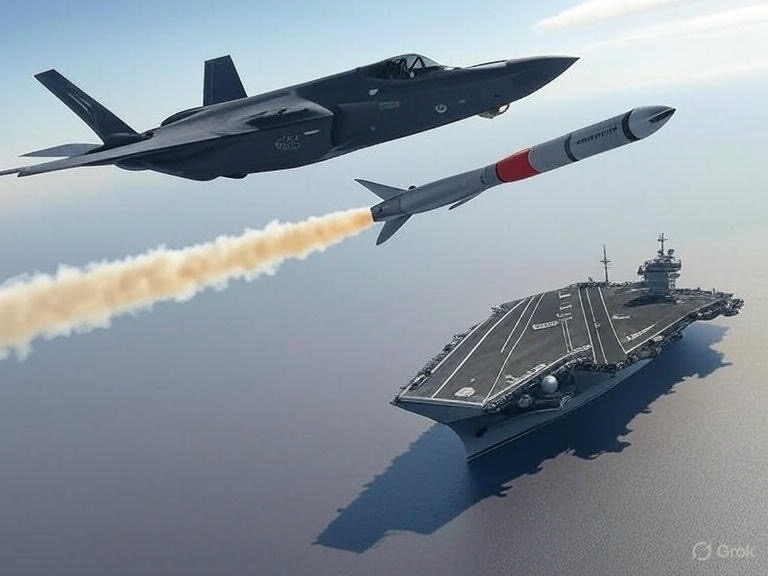
When it comes to military power, the US, Israel, and Iran bring different strengths to the table, shaping the dynamics of this conflict.
Israel’s High-Tech Edge
Israel’s military is small but mighty, with ~170,000 active troops and 465,000 reservists. Its air force, packed with F-35 jets and F-16s, dominates regionally. The Iron Dome and other defenses neutralize most rocket threats. Israel’s intelligence agencies, like Mossad, excel at covert ops—think 2025 assassinations of Iranian commanders. Its undeclared nuclear arsenal (~90 warheads) is a silent trump card. But Israel’s small population (9 million) and reliance on US supplies are vulnerabilities.
Iran’s Asymmetric Advantage
Iran boasts ~610,000 active troops and 350,000 reserves, including the IRGC. Its ~3,000 ballistic missiles, some with 2,000-km range, can hit Israel. Shahed drones and proxies like Hezbollah and the Houthis extend its reach. But Iran’s air force, stuck with 1970s-era jets, is no match for Israel’s, and sanctions limit its $10 billion military budget. Israel’s 2025 strikes crippled Iran’s air defenses and nuclear sites, exposing weaknesses.
The US: Unrivaled but Cautious
The US is the global heavyweight, with 1.4 million troops, 11 aircraft carriers, 5,500 planes, and ~5,900 nuclear warheads. Its Middle East bases (30,000 troops) and precision weapons like the MOP bomb could devastate Iran’s bunkers. But global commitments and war-wary politics limit its appetite for direct conflict. Iranian missiles could still threaten US bases in the Gulf.
In short, Israel’s tech and US backing outshine Iran’s numbers and proxies, but Iran’s missiles keep everyone on edge.
Iran’s Oil and Alliances: A Strategic Advantage
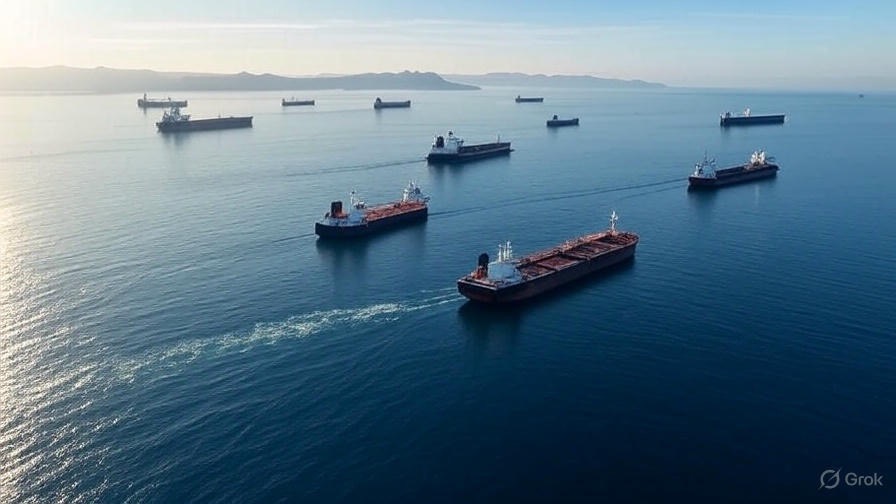
Oil isn’t just energy; it’s power. Iran controls ~159 billion barrels of crude oil reserves—10% of the world’s total—ranking third behind Venezuela and Saudi Arabia. It pumps ~3.6 million barrels daily, about 4% of global supply, mostly to China and India despite sanctions. But Iran’s real ace is the Strait of Hormuz, a narrow chokepoint for 20% of global oil (21 million barrels daily). Threats to block it, like in 2025, could spike prices and rattle economies.
Israel’s 2025 strikes on Iran’s oil depots and South Pars gas field disrupted 10% of its production, causing temporary price surges. Yet Iran’s vast reserves and gas (18% of global supply) keep it in the game, even under sanctions. This oil leverage makes Iran a global player, despite its military setbacks.
Who Are Iran’s Main Allies in 2025?
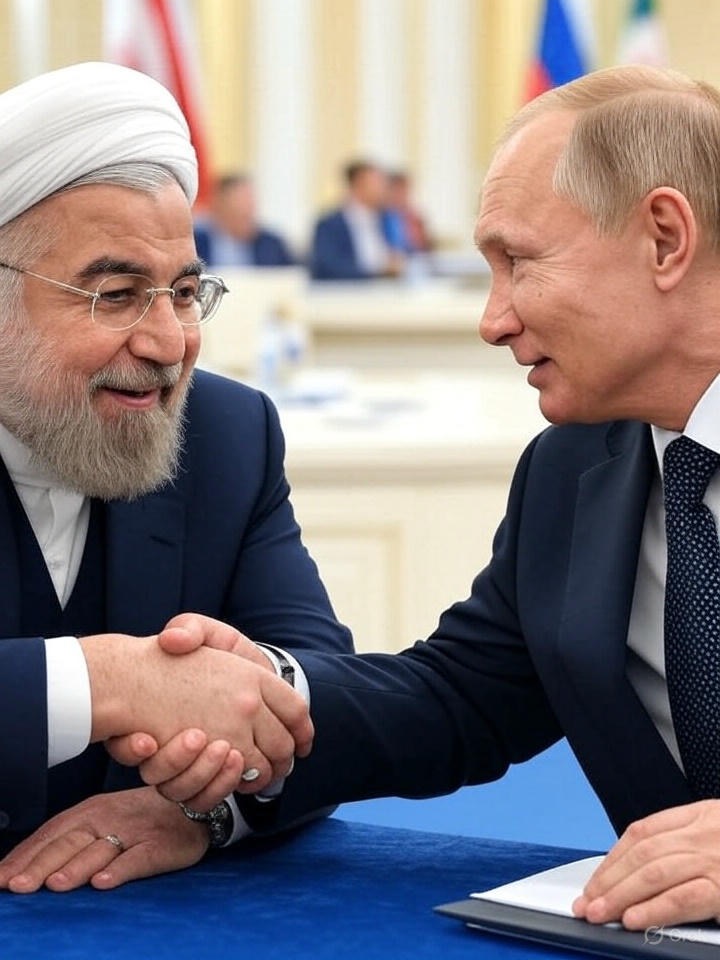
Iran doesn’t stand alone, but its allies are more strategic than loyal. Russia is its top partner, supplying S-400 defenses, missiles, and drone tech while helping Iran skirt sanctions. They’ve teamed up in Syria and share anti-US goals, with $4 billion in trade. But Russia’s focus on Ukraine limited its role in Iran’s 2025 clash with Israel.
China buys most of Iran’s oil (~1.4 million barrels daily) but stays neutral to avoid regional chaos. Iran’s proxies—Hezbollah, Houthis, and Iraqi militias—act as its extended arm, though Israel’s recent campaigns weakened them. The Houthis, however, keep firing missiles at Israel. Pakistan is a new friend, but its US and Saudi ties keep things lukewarm.
Why the 2025 Middle East Tensions Matter Globally
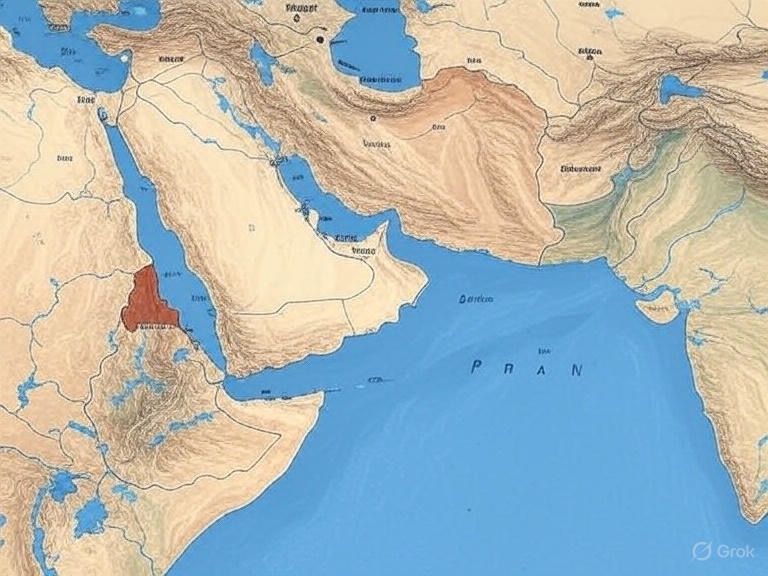
As of June 2025, the Middle East is a tinderbox. Israel’s 2025 airstrikes on Iran’s nuclear and oil sites have pushed tensions to the edge. Iran’s missiles and proxies are hitting back, while the US bolsters Israel with THAAD defenses and quiet diplomacy. The US-Israel alliance stands firm, rooted in decades of trust, while the Iran-Israel conflict threatens to spiral into a wider war.
This isn’t just a regional story—it’s global. Oil prices, nuclear risks, and superpower rivalries hang in the balance. Iran’s oil and Russian support give it leverage, but Israel’s tech and US backing make it a formidable foe. Diplomacy could defuse this, but one wrong move could light the fuse.
What’s your take? Are you following this escalating conflict? Drop a comment below, and let’s discuss!













